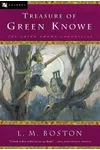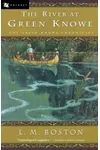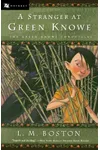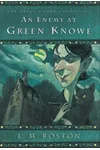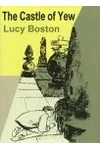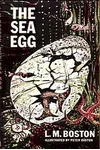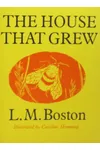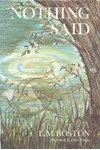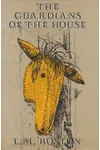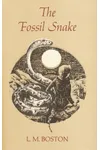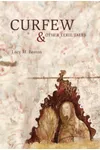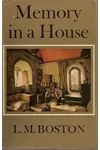Picture an English storyteller who spun magic from a 12th-century manor, weaving tales that enchanted generations—meet Lucy M. Boston! Born in 1892, this remarkable author didn’t publish her first book until her 60s, proving it’s never too late to chase dreams. Her Green Knowe series, set in her beloved home, The Manor at Hemingford Grey, blends history, fantasy, and a touch of the supernatural, captivating young readers and adults alike.
Boston’s life was as vibrant as her stories. Beyond writing, she crafted a romantic garden and intricate patchworks, showcasing her boundless creativity. Her unique journey and timeless tales make her a hidden gem in children’s literature, ready to be rediscovered.
The Making of Lucy M. Boston
Lucy Maria Wood was born in Southport, Lancashire, to a middle-class Wesleyan family. Her early years were shaped by a religious father and a sensitive mother, but young Lucy carved her own path. She briefly attended Somerville College, Oxford, before leaving to nurse in World War I. After marrying her cousin Harold Boston in 1917, the marriage ended in 1935, leading her to study painting in Vienna. World War II brought her back to England, where she purchased The Manor at Hemingford Grey in 1939—a decision that sparked her literary career.
This ancient Norman house, built around 1130, became her muse. As she restored its walls and cultivated its gardens, Boston found inspiration in its history, imagining the lives of its past inhabitants. Her writing began in her 60s, a testament to her belief that creativity knows no age limit.
Lucy M. Boston’s Unforgettable Stories
Boston’s Green Knowe series, published between 1954 and 1976, is her crowning achievement. These six low-fantasy novels, set in a fictionalized version of The Manor, weave tales of children encountering spirits from centuries past. The Children of Green Knowe (1954) introduces Tolly, a boy who befriends ghostly ancestors in a house brimming with magic. Its evocative prose and vivid setting earned it a commended Carnegie Medal nod.
The Chimneys of Green Knowe (1958) follows Tolly’s Easter adventures, exploring a blind girl’s story from the Regency era, while A Stranger at Green Knowe (1961) won the prestigious Carnegie Medal for its moving tale of a gorilla escaping to the manor. Boston’s style blends gentle fantasy with rich historical detail, creating a timeless sense of wonder. Her son Peter’s intricate illustrations, resembling woodcuts, bring the manor’s nooks and topiary gardens to life, making each book a visual and literary treasure.
Beyond Green Knowe, Boston wrote adult novels like Yew Hall (1954) and supernatural tales in Curfew and Other Eerie Tales. Her memoirs, Memory in a House and Perverse and Foolish, offer a lyrical glimpse into her life at The Manor, cementing her love for her home.
Why Lucy M. Boston Matters
Lucy M. Boston’s impact on children’s literature lies in her ability to blend history and fantasy, evoking a childlike awe of the past. Her Green Knowe series remains a classic, inspiring readers to explore the magic in everyday places. The Manor, now a tourist attraction maintained by her daughter-in-law Diana Boston, draws fans eager to step into Green Knowe’s world, from its carved wooden mouse to its chess-piece topiary.
Boston’s legacy extends beyond books. Her gardens, with over 200 old roses, and her patchworks, exhibited in 1976, showcase her as an artist in every sense. Her late-blooming career inspires dreamers, proving passion can flourish at any age. She passed in 1990 at 97, leaving a timeless mark on literature and creativity.
- Born: December 10, 1892, Southport, Lancashire
- Key Works: The Children of Green Knowe, A Stranger at Green Knowe, Yew Hall
- Awards: Carnegie Medal (1961), Lewis Carroll Shelf Award
- Died: May 25, 1990, Hemingford Grey
Snag The Children of Green Knowe and dive into Lucy M. Boston’s enchanting world of history and magic!

